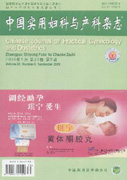Amniotic fluid embolism(AFE)is a rare obstetric complication. Because of the rarity of this condition, most physicians have limited experience in the management of AFE. The purpose of this article is to provide clinicians with opinion that may improve the ability to make an early diagnosis,and to establish appropriate supportive treatment for patients suffering from AFE to improve maternal and fetal outcomes.

